Inside the Life and Archives of Vico Magistretti, Pioneer of Italian Design
On the occasion of the centenary of the birth of acclaimed italian designer and architect Vico Magistretti, the Magistretti Foundation organized a traveling exhibition designed for the network of the Italian Cultural Institutes. On February 27th, New York’s Italian Cultural Institute inaugurated its own edition of the show curated by Matteo Milani and Francesca Cigola.
The exhibition is composed of iconic industrial design objects, original sketches, drawings, architectural projects and images of the houses and buildings Vico Magistretti designed throughout his highly prolific sixty-year career.
“What’s most remarkable about Magistretti is the richness and variety of his production,” remarks the exhibition’s co-curator Francesca Cigola, who notes that, although Magistretti is mostly known for his popular design objects - such as the “Atollo” table lamp (1968) and the “Selene” chair (1969) - the online archive, which the Magistretti Foundation just made available online (also in occasion of his centenary), reveals the true vastness and ecclecticism of his oeuvre in the fields of both design and architecture.
Also included in the exhibition are a series of videos on loop that help bring viewers into Magistretti’s life and practice through images of his studio, of Milan, the city where he was born, raised and by which he was heavely influenced and in turn marked, all narrated by different figures who knew him including star architect Stefano Boeri and even Magistretti himself.
Through these videos and through the exhibited panels, taken from the collection of the Fondazione Vico Magistretti, viewers are taken inside the designer’s studio, (now the seat of the foundation) an important space which he inherited from his father in 1946 and where he always worked up until his death in 2006. He ran it like a “bottega,” an artisan’s workshop, and loved it deeply.
The various panels from the foundation are displayed alongside quotes from interviews he gave during his lifetime. “He never wrote a book or a memoir, but he gave many many interviews,” comments Scientific Director Rosanna Pavoni, “in which you can find the concepts that were the most important in his work such as simplicity, concept design, redesign, and diligence.”
“Being an architect is a wonderful job,” one of these quotes reads, “It is a tiring job. A job that requires effort. A job in which you have to try to pay very close attention to culture as well. Because culture, in the end, is the root of beautiful things. And, definitely, there is that beautiful line by the English poet John Keats, who wrote ‘a thing of beauty is a joy forever’ which is the key to our work.”
Additionally, each panel features a QR code linked to the Fondazione’s extensive online archive, complete with images and information on all their holdings.
As co-curator Matteo Milani explains, Magistretti saw his creation process as an ongoing dialog. His projects read like instructions addressed to those who realized the objects and buildings he designed but they also speak to anyone viewing them today. The exhibition design clearly illustrates Vico Magistretti’s process and reflects the holistic and interactive approach to his practice.
As the Consul General of Italy Francesco Genuardi notes in his introductury speach, the exhibit also features a copy of the catalog for the groundbreaking 1972 MoMA show titled “Italy: The New Domestic Landscape,” which “started the Italian design fever” and in which Magistretti’s work is heavily represented.
In fact, although his work is intrinsically linked to Italy and to the city of Milan, Magistretti was instrumental in defining the concept of Italian design, with which New York and the entire world fell in love.






























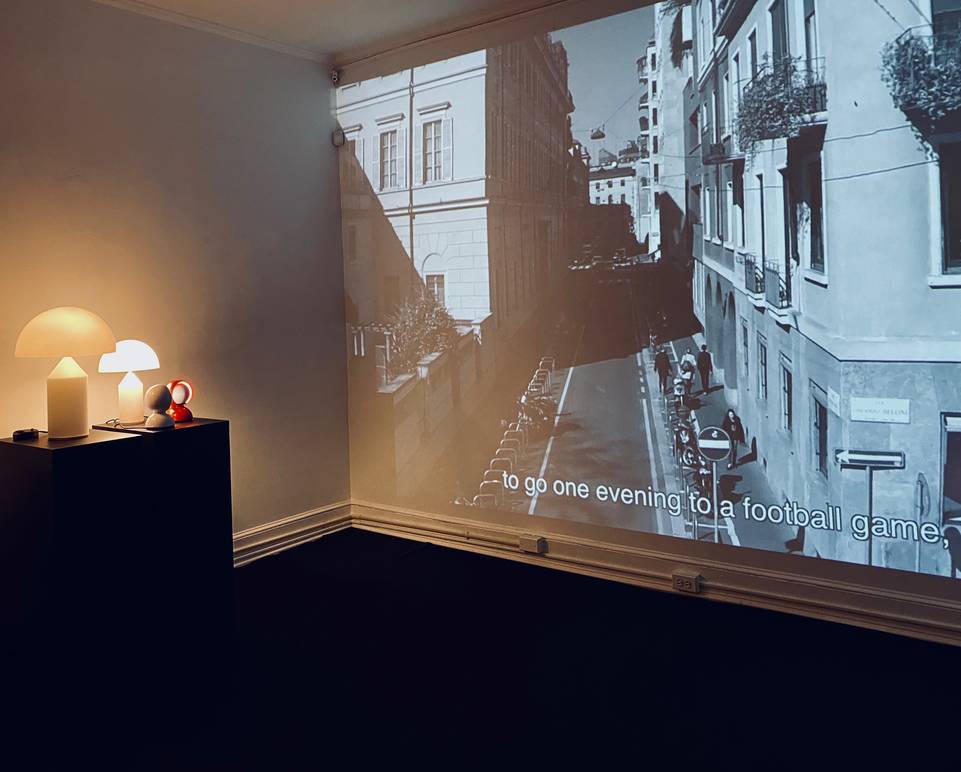
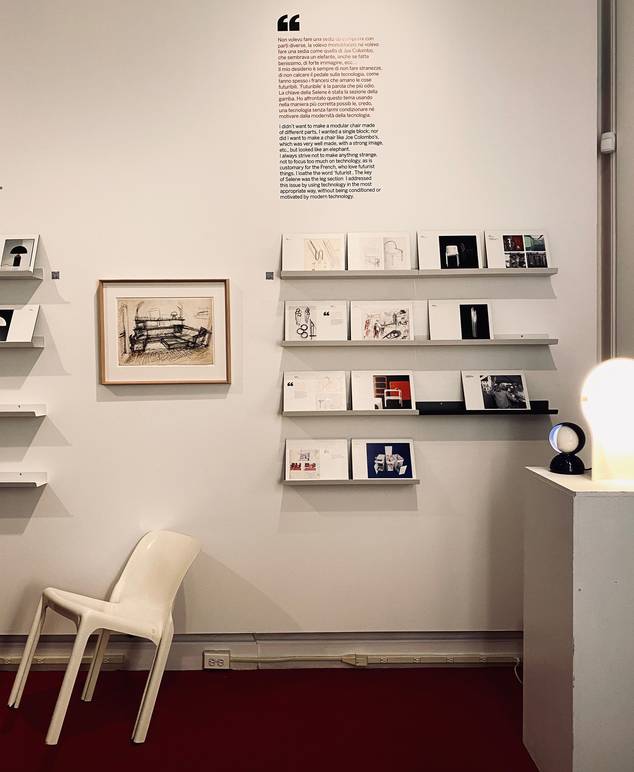
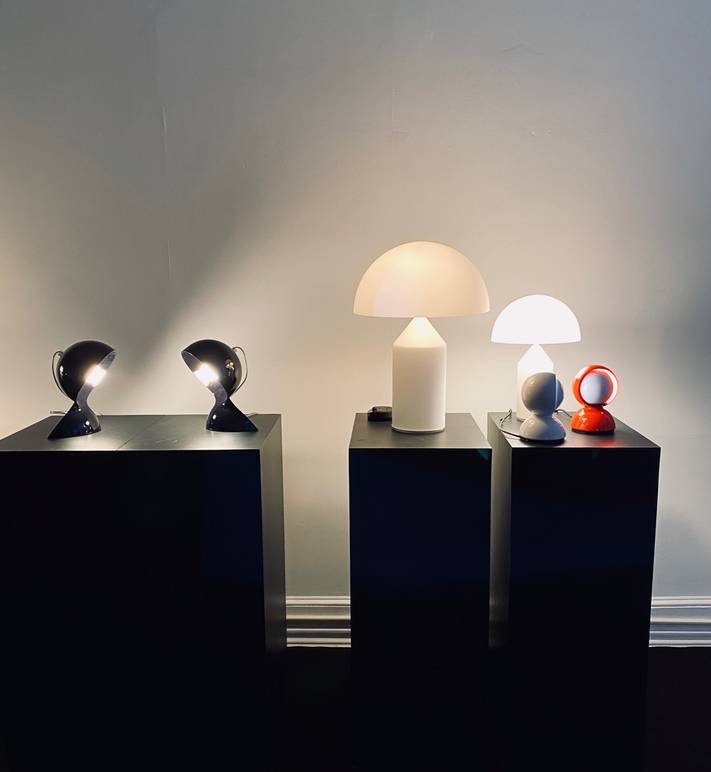
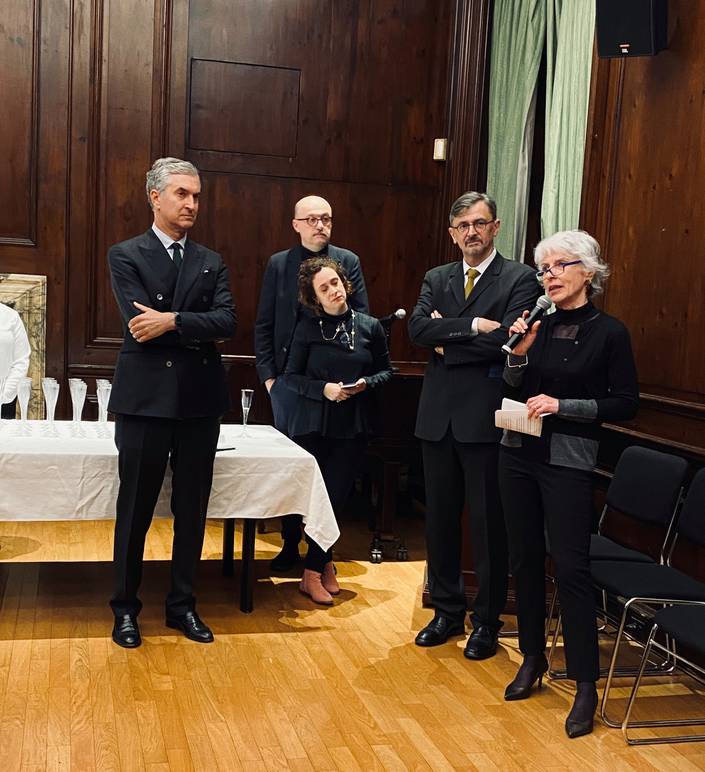
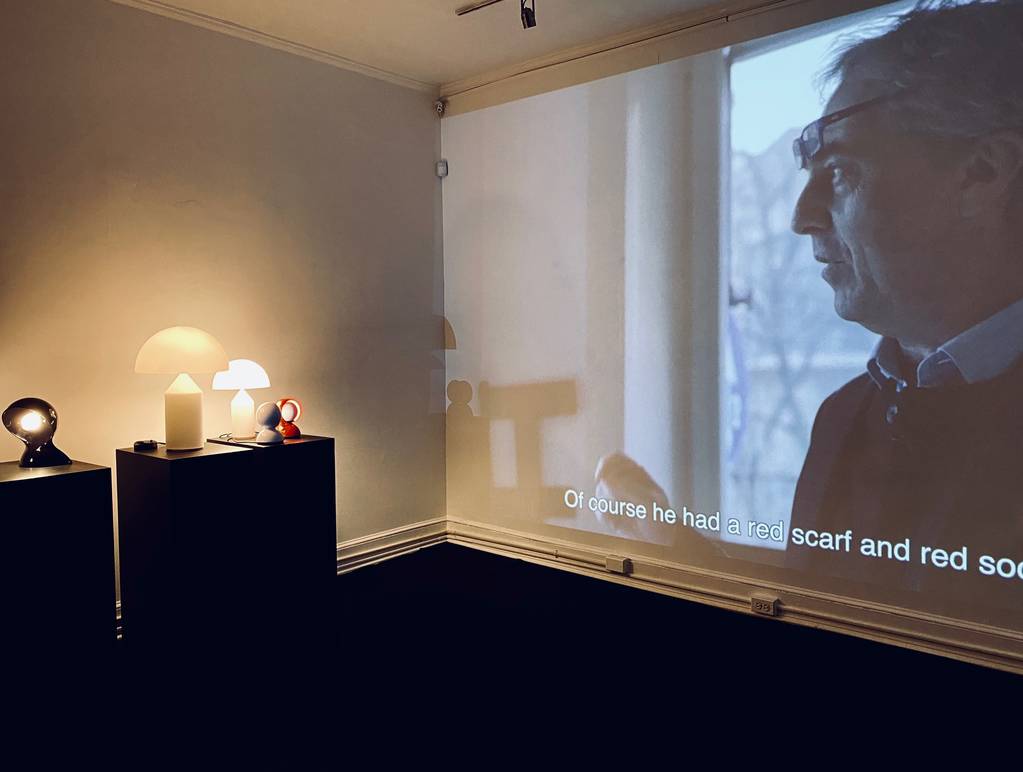
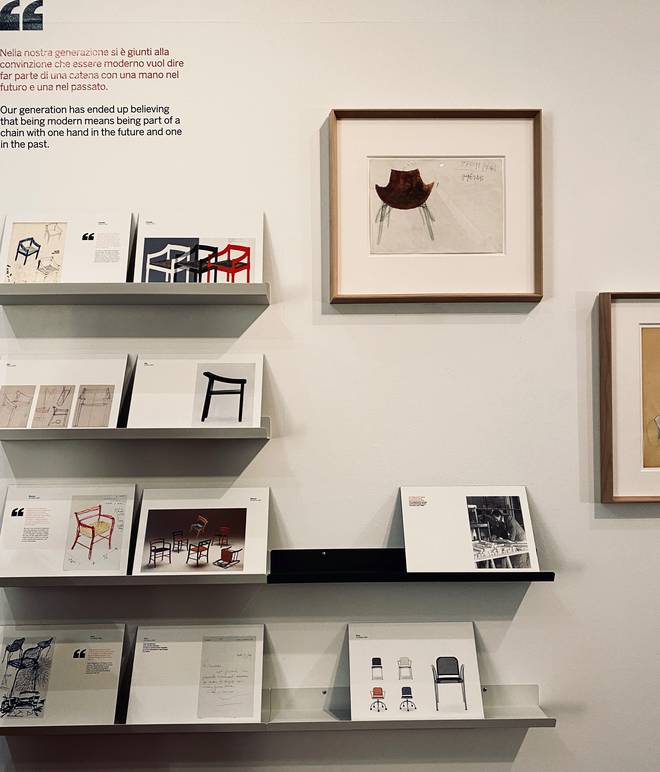
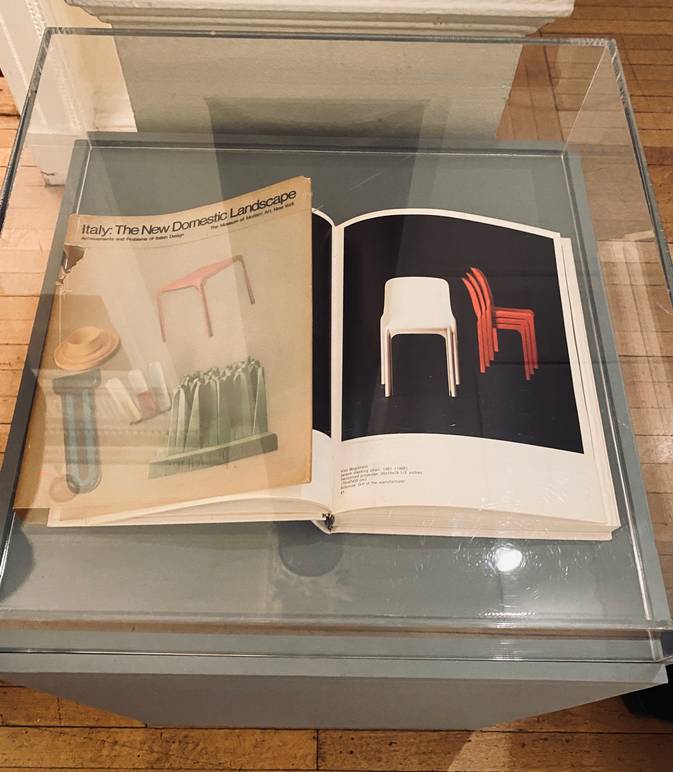






i-Italy
Facebook
Google+
This work may not be reproduced, in whole or in part, without prior written permission.
Questo lavoro non può essere riprodotto, in tutto o in parte, senza permesso scritto.